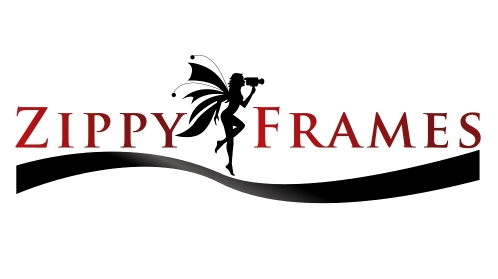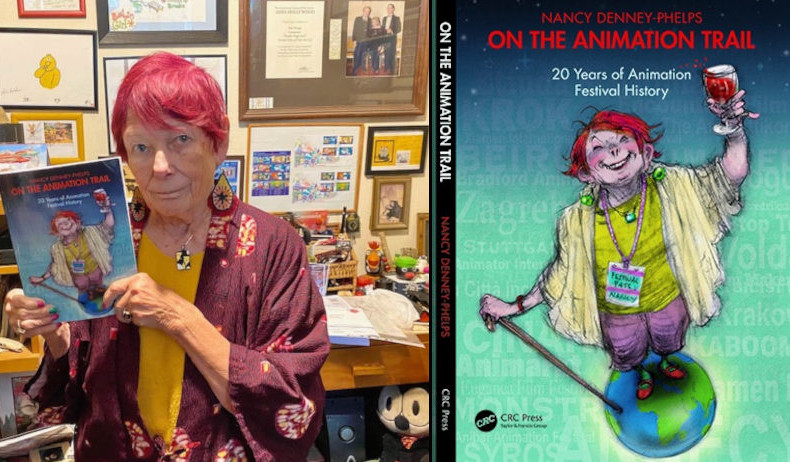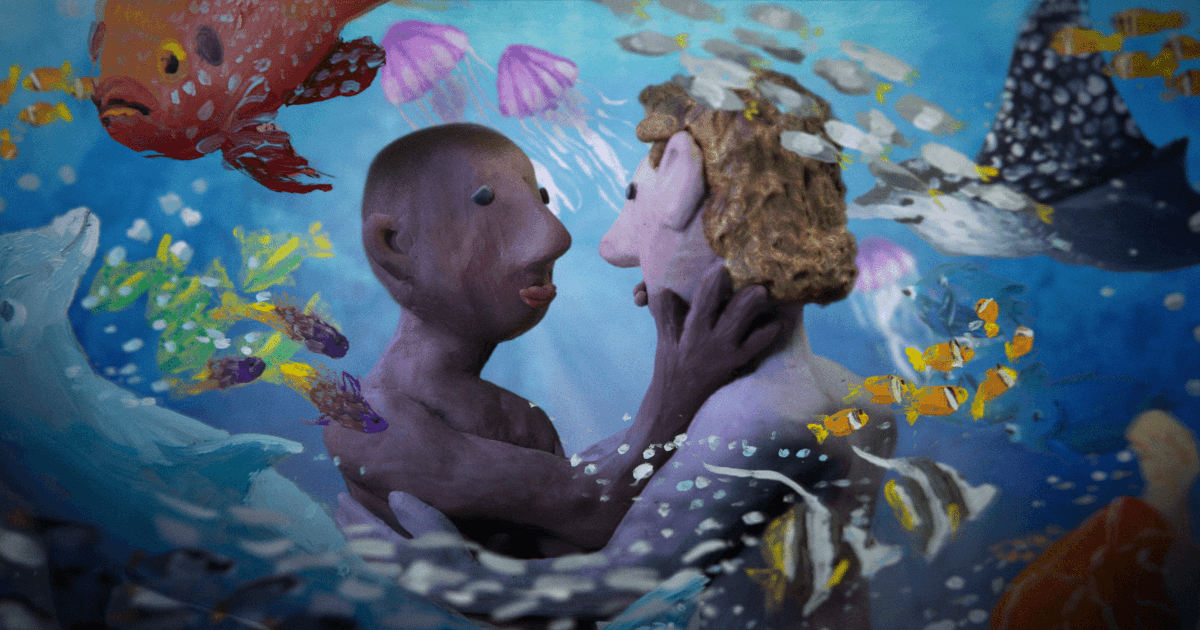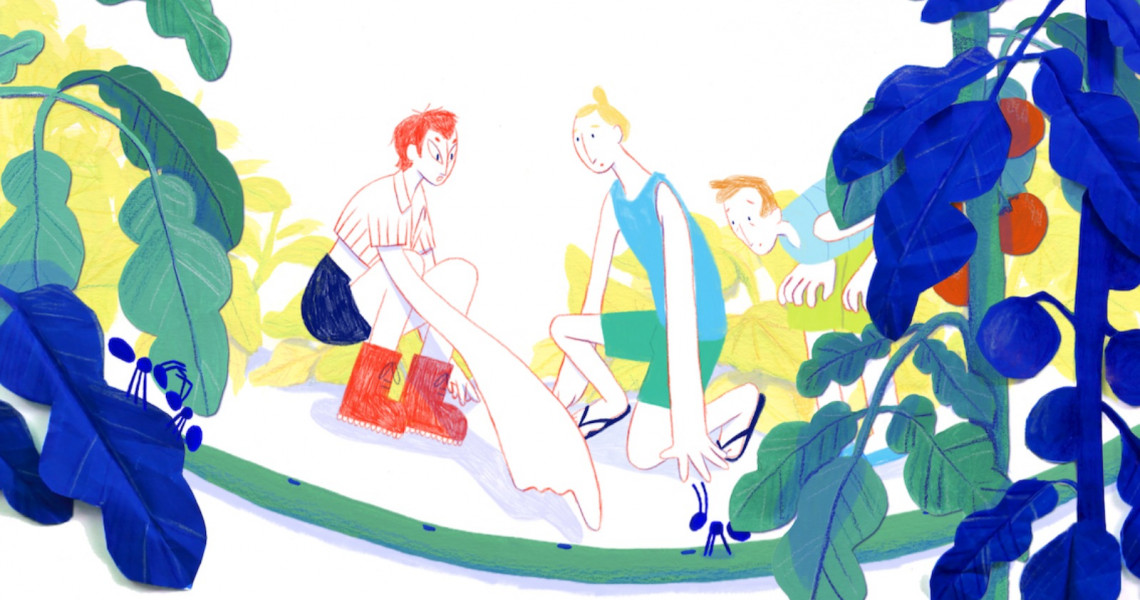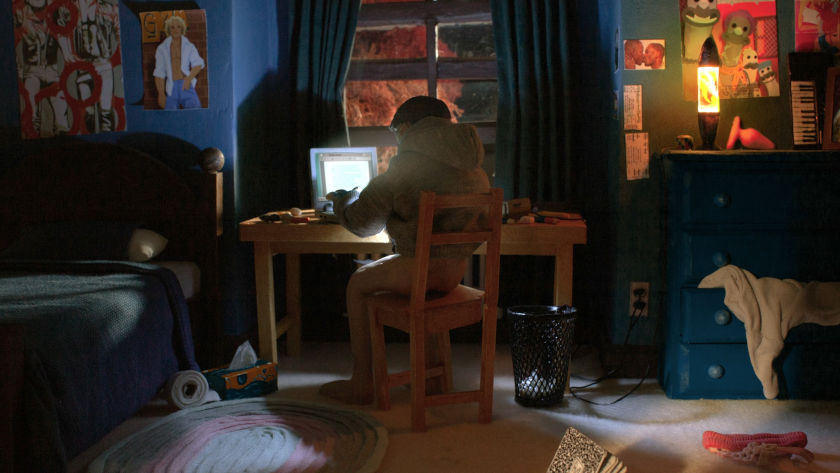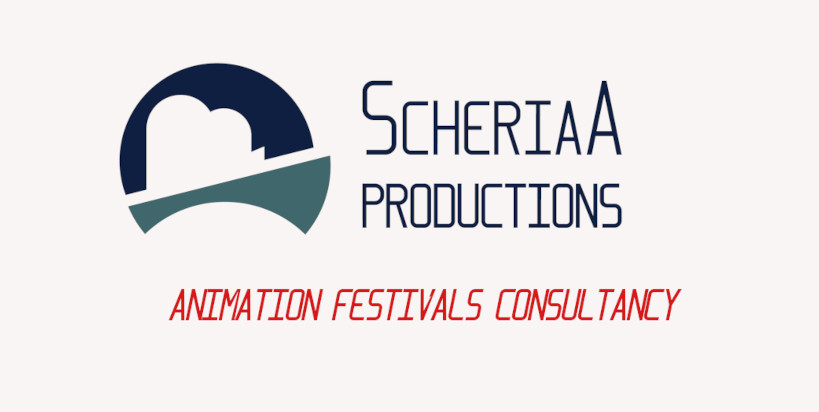Sound as a Story: Andrea Martignoni’s Masterclass at Animateka 2024 (GoCritic! Review)
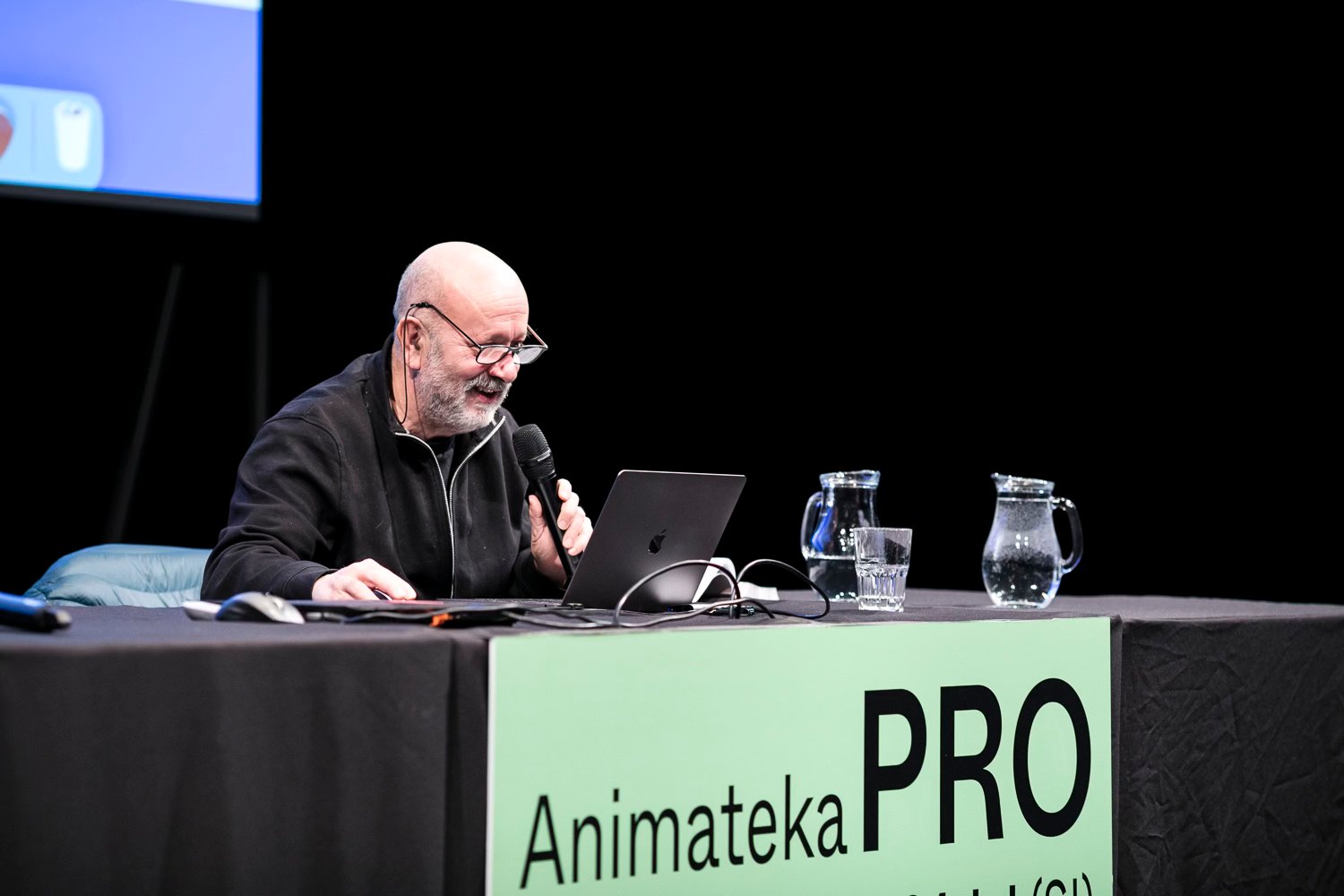
Sound has fundamentally reshaped the cinematic experience over the past century. To explore how it enhances the audiovisual experience, Animateka International Animated Film Festival in Ljubljana hosted a masterclass led by the Italian-born sound designer Andrea Martignoni. Known for his innovative audioscapes and experimental techniques, Martignoni introduced a set of examples in soundmaking. By allowing the audience to experience sound independently of the image, the masterclass provided a deeper insight into the multiple layers of filmmaking, especially in animation.
The masterclass took place at the Old Power Station in Slovenia's capital, on the festival’s second day. Historical and charming, the 19th-century building served as a fitting venue for masterclasses and other events held during the festival. The industrial red-brick architecture not only enhanced the ambiance but also merged the building's history with the fresh spirit brought by Animateka.
After a short introduction, Martignoni shifted the focus of the masterclass to two important collaborators who shaped his career over the years and redefined his understanding of sound as a narrative voice. These collaborators were enigmatic street artist and filmmaker Blu and Canadian experimental filmmaker Pierre Hébert. Martignoni wryly noted: “This masterclass won’t cover my entire career, but will instead focus on these two collaborators who enabled me to teach others through workshops like this!”
The unorthodox presentation began with Martignoni politely asking his audience to close their eyes and listen to the soundtrack of one of his films, 'Fino' (2005). As a psychological exercise, it gave participants a chance to feel sound without any audiovisual support. Engaging solely with the auditory side of filmmaking, the exercise put listeners into a rather unique position. Abstract ruffles and scrabbles let the imagination flow toward various images created subconsciously.
Psychologically interactive, it offered a way to experience sound in its purest form, placing it at the forefront – as a masterclass on sound should. Once visuals were introduced, the audience could finally register how these sounds contrasted with or complemented the moving images. Revealing the dynamic relationship between sound and animation, the first part of Martignoni’s masterclass effectively demonstrated how perception can often be shaped by sight.
A recurring theme of the masterclass was the idea that sound can be treated as an independent storytelling element. In a recent three-day workshop, Martignoni shared how sound and foley work with animation to create layers of meaning. As he recalled, the first day of the workshop was dedicated to finding a sound, which was then followed by the animation process – a sequence rather unusual in any form of filmmaking.
In the masterclass, he illustrated this concept with examples from the young workshop participants who manipulated short sound snippets to reinterpret their original meanings, often with humor or irony. Martignoni would ask them to choose any sound, however ordinary or random (it might seem), and then create an animation supporting it.
Among the masterclass highlights was a discussion of Martignoni’s collaborations with Blu, particularly on the celebrated short 'Big Bang Big Boom' (2010). Renowned for his monumental animations painted across urban landscapes, the ever-mysterious Blu erases and repaints as he goes, photographing the results frame-by-frame.
Watch 'Big Bang Big Boom'
The sound designer mentioned that the entire project took about a year to finish as Blu worked across 20 cities in near-complete solitude. Though Martignoni was not directly involved in the animation, his contributions to the sound design boosted the film's texture and vibrancy. In the Q&A, which concluded the masterclass, he humorously recalled how he had been mistaken for Blu multiple times. This happened when the film went on a successful festival run. Instead of the anonymous street artist, Martignoni represented the short internationally and accepted awards on behalf of his colleague.
Earlier in the talk, Martignoni traveled back to 1996, when he obtained a scholarship in Canada. His primary motivation was to meet the animator Pierre Hébert, which happened soon after his arrival. He was fascinated by the strange animation technique invented by Hébert: scratching, drawing, and etching images onto 16mm or 35mm film, producing raw, immediate, and highly expressive results. This inspired Martignoni to use a looper and a knife to scratch the film live in the performance, creating sounds produced in real-time by the optical sound system of a 16 mm projector. In his later works, he would even include such unconventional objects as a destroyed piano to create unique, spontaneous sounds.
As a centerpiece of the masterclass, the sound designer contrasted Hébert’s small-scale approach with that of Blu. The latter's rebellious animations often take up entire walls, whereas Hébert’s work focuses on precision. Martignoni noted this obvious contradiction between the two artists, acknowledging that while they operate on different scales, their creative spirits are equally “crazy”. This contradiction has served as a driving force in shaping his perspective on sound and animation, pushing him to explore the vast possibilities this side of filmmaking requires.
The masterclass ended with a screening of 'Happiness' (2020), a film directed by Andrey Zhidkov during the global pandemic. Martignoni mentioned that the filmmakers didn’t have funding to pay him, but he still decided to take on the project as he admired the film. Zhidkov asked Martignoni to deliver a strong soundscape. Conveniently, around this time, Martignoni’s brother was in the process of destroying a piano. Unable to travel across Europe, he explained how the soundtrack or the film derived from a 14-minute recording of his brother demolishing the instrument. This resulted in an almost entirely improvised sound creation.
The five-minute animation, set in a polychromatic yet bleak world, follows a man on his quest to find happiness. The visual style, akin to early Cubism, powerfully portrays his struggle to find joy in the simplest of things. Running contrary to expectations perhaps raised by the upbeat title, the protagonist only ends up sinking deeper into the abyss. Zhidkov's film again displays Martignoni’s preference for working with artists of audacious, extravagant creative vision. As the masterclass ended, Martignoni reminded the audience that innovation comes from challenging the unexpected. What might initially sound silly can become remarkable and fascinating if put in a fitting context. He left the audience with a valuable thought: "It will be difficult to achieve something groundbreaking if you’re not willing to step out of your comfort zone and break some rules – or in my case, some pianos.”
contributed by: Emel-Elizabeth Tuulik
